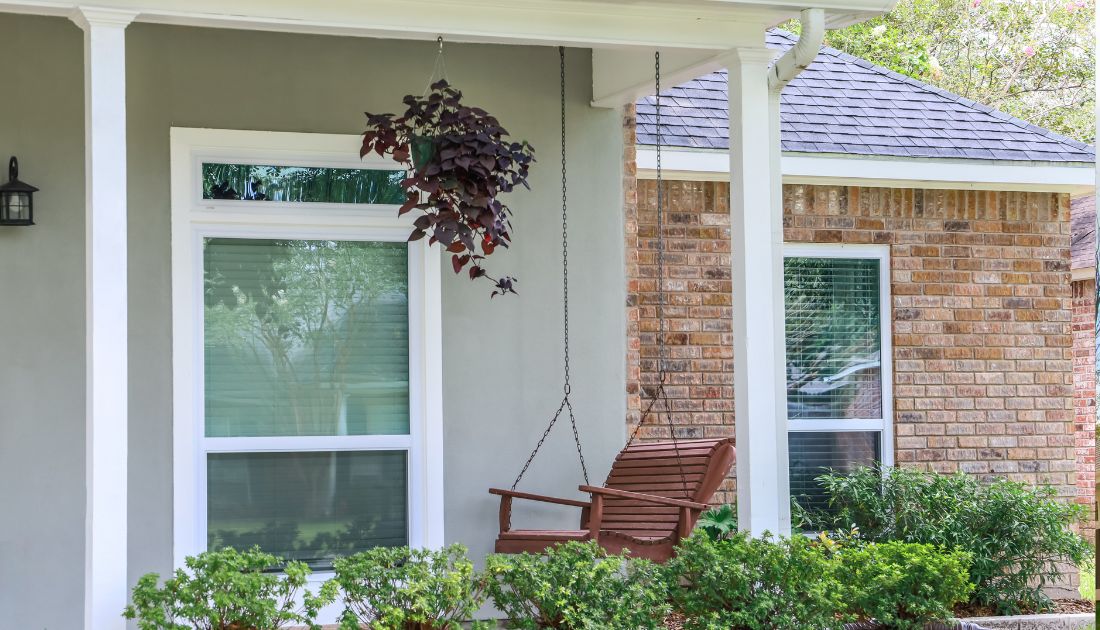Table of Contents
Most landlords only focus on repairs and upgrades to the rental units in a Homeowners Association (HOA) themselves. After all, that’s where the tenants live, right? But remember those common areas! You know, the lobbies, hallways, and outdoor spaces that everyone shares. It may be tempting to overlook those, but keeping the common areas looking great can boost your property values. Property owners who focus more on maintenance and care in shared spaces can go a long way.
Impact of Common Area Maintenance on Property Values
Enhance Curb Appeal
Improve the home’s aesthetics by paying attention to the curb appeal. A freshly cut lawn and some local flowers can go a long way in making a multi-complex apartment block go from drab to warm and cozy. For landlords, enhancing the curb appeal is an excellent way to attract new tenants because it creates a positive impression before they even step into the building. In addition, for existing renters, a better exterior makes your home more attractive, which can be a plus when you have visitors or a sight for sore eyes after a hard day at work.
Preservation of Property Standards
Regular common area maintenance improves property standards. When landlords prioritize keeping common spaces clean and making prompt repairs, it gives tenants more faith that the property owner will quickly attend to their in-unit issues and improves the relationship between both parties. It also encourages renters to be more mindful when they use facilities in public spaces, keeping the property in good condition for longer. Existing tenants tend to report minor issues early on if they know repairs will be addressed promptly. As a result, property owners can act swiftly before small problems become major ones, and working with a proactive HOA rental property manager can help landlords address maintenance concerns promptly.
Improve Resident Satisfaction
Keep tenants happy by properly maintaining and upgrading common areas. Chipped painting in the hallways, shaking railings, and dirty common areas can make a building less attractive, prompting renters to look for more sanitary and safer living conditions. Landlords who prioritize cleanliness and safety in their common areas are more likely to see renters stick around and renew their leases. As a result, improving resident satisfaction can make your building more attractive and lead to fewer vacancies.
Better Reputation
Managing common areas in an HOA can be a challenge, but landlords can grow their property by keeping common areas spick and span. With how easy it is to share information online, it’s more important than ever for businesses to prioritize their image. For property owners, that means ensuring the hallways, elevators, laundry rooms, and other common spaces are always clean and ready for use. After all, the more positive reviews you get on your rentals, the higher the likelihood of filling vacant units and increasing your annual income.
Compliance with Local Regulations
Maintaining common areas may not be a matter of choice, but a requirement to comply with the law. Many municipalities have public regulations that dictate property management standards for common areas, taking away the option of choice from the landlords. In other words, depending on your jurisdiction, keeping hallways clean and making prompt repairs could be mandatory to avoid fines or further legal actions. Of course, while enforcement may vary by state, you can’t rule out the possibility of a disgruntled tenant reporting you to the local authorities after consistently complaining about a burnt-out bulb.
Examples of Community Improvements
Upgrading Recreational Common Spaces
Improve the existing recreational spaces to increase tenant satisfaction and attract new renters. Many recreational common areas often fall into disrepair after they’re constructed, but enhancing the infrastructure can be an excellent way to boost your curb appeal. Create spaces for children and make the building more family-friendly by installing modern playground equipment. Sports courts could also benefit from additional lighting, allowing tenants to play longer and a new paint job to improve the aesthetic.
Eco-Friendly Initiatives
Help the environment by opting for eco-friendly initiatives. A popular option is to introduce recycling programs to curb waste and encourage residents to be more mindful when throwing things away. In addition, landlords can also opt to replace traditional lights with their energy-efficient LED counterparts to reduce the electric bill in the long run.
Enhanced Security Features
Keep tenants safe by improving security in your common areas. A strategic choice would be to install high-quality security cameras in specific locations to monitor the area. Some property owners are also adopting access control solutions such as safe locks that require a passcode or biometric access to prevent unauthorized entry.
Parking Improvements
Make the building more convenient by upgrading your parking facilities. Expanding the existing parking area is a great way to attract quality tenants. This project would reduce the stress of finding a parking spot, and could even help tenants living with a disability. However, more budget-friendly projects like covered parking and additional lighting can also improve safety on the premises.
Conclusion
Well-maintained common areas can influence property values in a HOA in several ways. Clean and safe common spaces improve your curb appeal, enhance your reputation, and create a culture of preservation in your rentals. On the other hand, ignoring repairs and skipping maintenance can create legal pitfalls through policy violations, and civil suits. It would be best to keep the common spaces in good condition.
Besides the regular upkeep, make community improvements by upgrading the recreational areas, improving parking, and adopting eco-friendly activities which makes the property more aesthetically pleasing and convenient for renters. Be open with communication by running a poll or asking tenants directly what improvements they would like to see in common areas that can be more valuable to the entire community.
